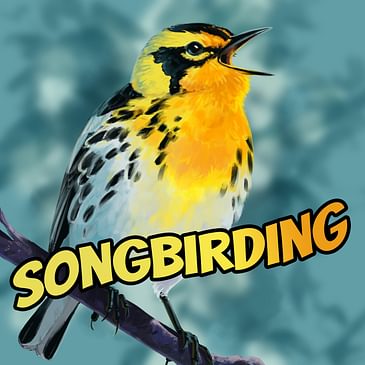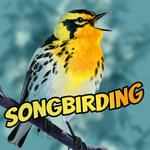Conclusion of the Hector Falls hike.
More about Winter Wren: https://www.allaboutbirds.org/guide/Winter_Wren/overview
eBird Checklist for the outing this was recorded during: https://ebird.org/checklist/S115100430
Download Merlin Bird ID today: https://merlin.allaboutbirds.org/
Credits
Songbirding: The Allegheny National Forest is a Songbirding Studios production.
Recorded, engineered, narrated and created by Rob Porter.
The Songbirding cover art (Blackburnian Warbler) is by Lauren Helton: https://tinylongwing.carbonmade.com/projects/5344062
Creative Commons music is from Josh Woodward.
This podcast is powered by Pinecast. Try Pinecast for free, forever, no credit card required. If you decide to upgrade, use coupon code r-da20d0 for 40% off for 4 months, and support Songbirding: A Birding-by-ear Podcast.



